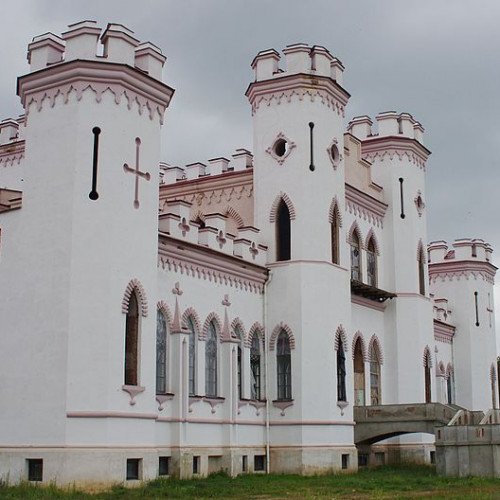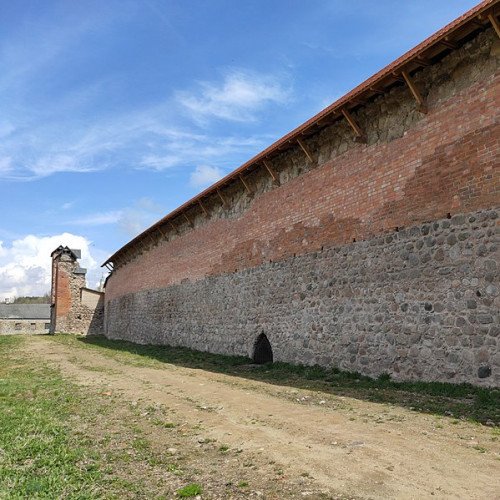Castles of "Belarus" KOSAVA CASTLE vs KREVA CASTLE

KOSAVA CASTLE
Kosava Castle is a ruined castellated palace in Gothic Revival style located in Kosava, Belarus. The estate was purchased in 1821 by Count Wojciech Puslowski. After Wojciech Puslowski the estate was inherited by his son Wandalin. Tadeusz Kościuszko was born in a manor house on the estate. The architect of the castle was Franciszek Jaszczołd. The palace was reconstructed by Władysław Marconi in the late 19th century. After the collapse of the Polish January Uprising in 1863, ownership was transferred to the Trubetskoy family and other Russian aristocrats. During World War I and World War II, the place was severely damaged. Currently, the castle is in the process of restoration.
Statistics for this Xoptio

KREVA CASTLE
Kreva Castle (Belarusian: Крэўскі замак, Lithuanian: Krėvos pilis, Polish: zamek w Krewie) is the ruins of a major fortified residence of the Grand Dukes of Lithuania (Gediminas and Algirdas) in the village of Kreva, Belarus. The village lies 220 metres (720 ft) above sea level. Algirdas's brother Kęstutis was imprisoned and murdered in the Kreva Castle in 1382. The Union of Krewo (Act of Krewo), the first step towards the Polish–Lithuanian Commonwealth, was signed in the castle three years later. The castle was sacked by the Crimean Tatars in the early 16th century and stood unoccupied for a long time. By the 19th century, much of the walls had crumbled away. World War I dealt a final blow to the decaying structure, since the castle stood on the front line between Russian and German armed forces. In the 19th and 20th centuries, the ruins were partially conserved, particularly by Poland in 1929. However, the monument has been decaying ever since.